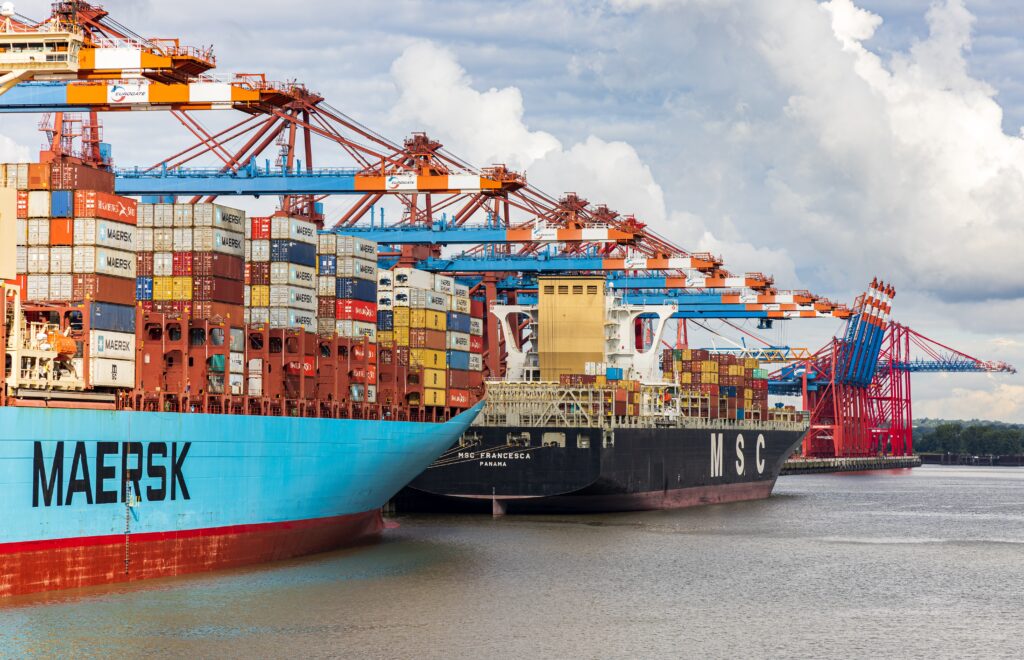Introduction
Containerization has become increasingly relevant in the modern tech industry, revolutionizing application development and deployment. In this article, we will delve into the Podman vs Docker comparison, exploring the differences and features of these two prominent containerization solutions.
Exploring the Origins
- Docker, founded in 2013, played a pivotal role in making containers popular and accessible. It introduced a standardized approach to packaging applications, allowing for seamless portability across different environments.
- Podman, a newer entrant in the containerization landscape, emerged as an alternative to Docker, addressing certain limitations and introducing innovative features. It aimed to provide a more lightweight and secure container runtime environment.
Architecture Comparison
Docker’s architecture revolves around the Docker engine, which consists of several components that work together to enable containerization. These include the Docker daemon, CLI, and container runtime. Docker images are used to create containers, which are isolated environments running applications. Docker registries serve as repositories for storing and distributing images. Networking and storage capabilities are also integral elements of Docker’s architecture.
- Podman adopts a more modular approach to containerization. It operates by leveraging existing container tools, such as the libpod library, which interacts with container runtimes like runc. A distinguishing feature of Podman is the support for rootless containers, eliminating the need for privileged access. Key components of Podman include podman daemon, container storage, and networking management.
Ease of Use and Installation
- Installing Docker is a straightforward process, with platform-specific instructions available for various operating systems. Once installed, Docker can be quickly set up with minimal configuration, allowing users to easily get started. Docker’s command-line interface (CLI) provides a comprehensive set of commands for managing containers, images, networks, and other resources.
- Podman offers installation options for different platforms, offering flexibility to users. Notably, it enables configuring and running containers without requiring root privileges. This aspect enhances security and simplifies the setup process. Podman’s command-line interface provides intuitive commands for managing containers and interacting with container images.
Image Management
- Docker provides a robust set of tools for managing container images. Users can pull and push images to and from Docker registries, facilitating seamless image distribution. Dockerfiles enable the creation of custom images by specifying application dependencies and building instructions. Additionally, Docker supports efficient image layer management, optimizing image size and facilitating faster deployment.
- Podman allows users to fetch and publish container images using a similar approach to Docker. It supports building containers from Scratch and Dockerfiles, enabling users to create images tailored to their specific requirements. Podman’s image layering mechanism emphasizes efficiency, enhancing performance and reducing resource consumption.
Container Orchestration and Multi-Container Management
- With Docker Compose, managing multi-container applications becomes more manageable. Compose enables users to define and manage complex application architectures, specifying dependencies, networks, and services in a declarative manner. Docker Swarm, Docker’s built-in orchestration tool, facilitates scaling and load balancing in a clustered environment. Moreover, Docker effortlessly integrates with industry-standard orchestration platforms, such as Kubernetes.
- Podman offers an alternative to Docker Compose for managing multi-container applications efficiently. While Podman does not have built-in orchestration capabilities like Swarm, it can work seamlessly with orchestration tools like Kubernetes, enabling users to leverage existing ecosystems.
Security and Isolation
- Docker incorporates various security mechanisms, such as namespaces and cgroups, to ensure container isolation. Vulnerability management practices and comprehensive documentation help users adhere to security best practices. Docker’s capabilities allow administrators to impose fine-grained isolation on containers, mitigating potential security risks.
- Podman’s security model closely aligns with Docker’s approach, prioritizing container isolation. Rootless containers, a noteworthy feature of Podman, enhance security by eliminating the need for privileged access. Podman facilitates fine-grained container isolation, empowering users to customize security measures based on specific requirements.
Performance and Resource Consumption
- Docker’s resource utilization and performance benchmarks exhibit its efficiency in orchestrating containers. To optimize performance, Docker offers various configurations and deployment strategies. Nevertheless, challenges with resource management may arise in high-demand scenarios.
- Podman’s architecture prioritizes efficiency, resulting in optimized resource consumption. Evaluating resource benchmarks allows users to fine-tune Podman according to their specific needs, ensuring optimal performance. The container runtime’s resource management capabilities align closely with Docker, providing users the best of both worlds.
Community Support and Ecosystem
- Docker enjoys a robust ecosystem, with Docker Hub serving as a vast repository of images freely available to users. Extensive documentation and community resources enable users to seek guidance and troubleshoot issues effectively. Docker’s wide adoption by industry leaders solidifies its position as a leading containerization solution.
- Podman’s growing popularity is reflected in its expanding ecosystem. Users can explore available Podman images and registries. Podman maintains active repositories and provides documentation to assist users in harnessing the full potential of the tool. The community’s active involvement further contributes to Podman’s development and adoption.
Use Cases and Real-World Examples
- Docker has an extensive track record of success stories and notable case studies. Its adoption spans across different industries, ranging from cutting-edge technology companies to traditional businesses. High-profile organizations leverage Docker’s containerization capabilities to streamline development, deployment, and scalability.
- Podman finds relevance in various industries and is increasingly applied in real-world scenarios. Organizations utilizing Podman benefit from its lightweight nature and robust security features. Specific industries, such as scientific research and government sectors, gravitate towards Podman for its enhanced security and flexibility.
Compatibility and Migration
- Migrating Docker-based applications to different environments can present challenges. However, Docker’s widespread compatibility makes porting applications feasible. Strategies for seamless Docker application deployment involve diligent planning, dependency management, and environment-specific configurations.
- Podman ensures compatibility with Docker containers and images. Migrating to Podman demands consideration of specific migration procedures and potential challenges. Nonetheless, supported tools and techniques streamline the transition, allowing for a smooth adoption of Podman’s containerization capabilities.
Comparison Matrix: Key Differences and Similarities
A detailed table summarizes the key contrasts and commonalities between Docker and Podman, providing a comprehensive overview of their strengths and attributes.
| Feature | Podman | Docker |
|---|---|---|
| Pods | Supports pods for grouping containers. | Does not have native support for pods. |
| Rootless Containers | Can run containers as non-root users. | Mainly runs containers as root by default. |
| Docker Compatibility | Compatible with many Docker commands. | Native Docker commands and images. |
| SystemD Integration | Integrates with systemd for services. | Not directly integrated with systemd. |
| Security Focus | Emphasizes running containers securely. | Security features are present but may require configuration. |
| Network Isolation | Provides network isolation for pods. | Network isolation can be configured, but not at the pod level. |
| Container Runtimes | Utilizes CRI-O as its container runtime. | Uses its own Docker engine as the runtime. |
| CLI Usability | Similar to Docker commands for familiarity. | Docker’s own command-line interface (CLI). |
| Image Compatibility | Supports Docker images natively. | Uses Docker images without modification. |
| Community and Ecosystem | Smaller community compared to Docker. | Large and well-established Docker community. |
| Use Cases | Suitable for security-focused scenarios. | Widely used for various container scenarios. |
| Platform Support | Primarily targeted at Linux platforms. | Supports various platforms including Linux, Windows, and macOS. |
Which One Should You Choose?
When selecting between Docker and Podman, several factors should be considered. Suitability based on specific requirements, such as security and resource consumption, plays a significant role. Evaluating pros and cons of each containerization solution empowers users to make informed decisions.
Conclusion
In conclusion, this article explored the battle between containerization giants, Podman and Docker. Their respective architectures, ease of use, image management, security, performance, community support, and use cases were examined. By understanding the key differences and similarities, users can make an informed choice based on specific requirements and use cases, unlocking the full potential of containerization technology.

